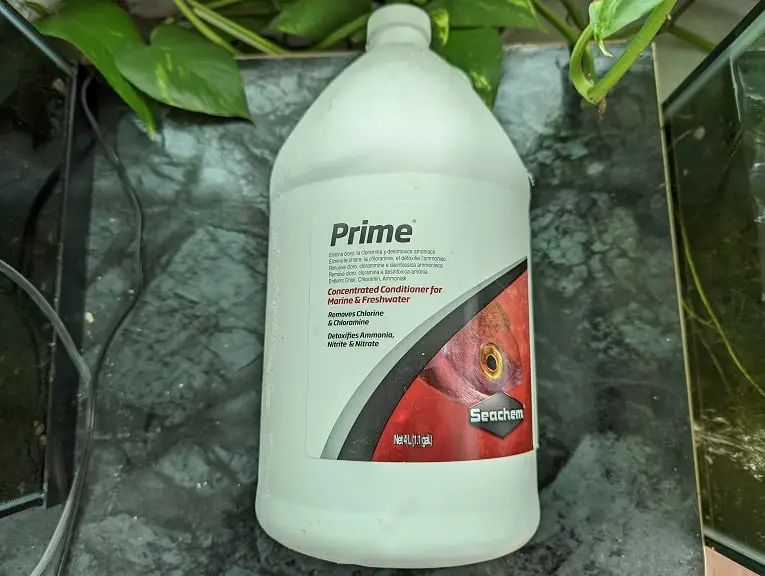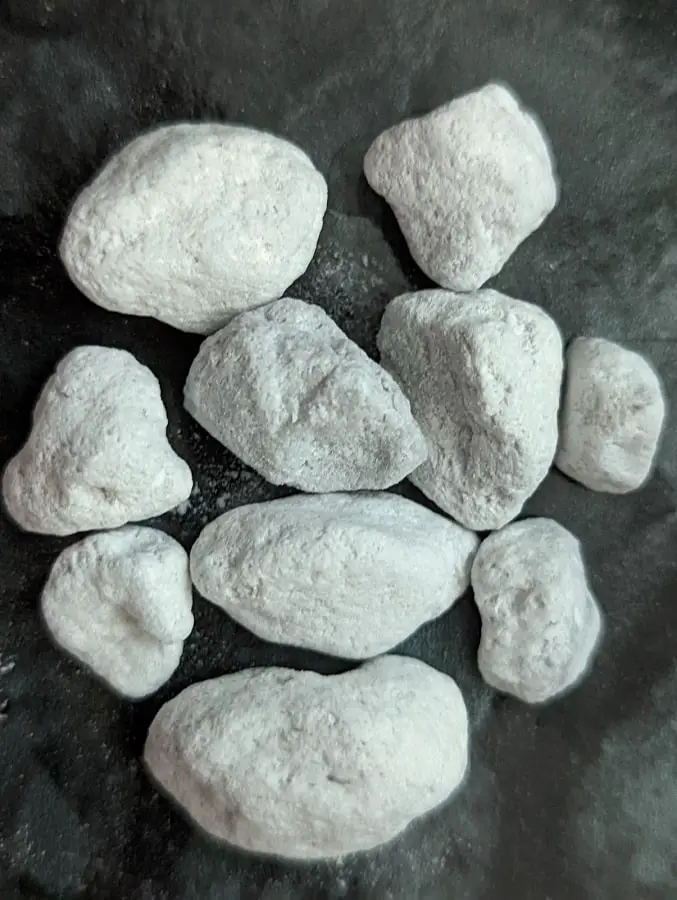When testing your tank water for nitrates, you may notice that the concentration has reached at least 160 ppm. For the most ideal condition, it is recommended that you keep nitrates to below 40 ppm for most species in the aquarium hobby. For more fragile pets, you should aim for under 20 ppm.
If you water features a concentration of 160 ppm or more, then you can take a look at this guide from Aquarium Blueprints to see how you can significantly lower it.

1. For the first step, we recommend that you do daily water changes. By doing so, you should be able to dilute the solution gradually over time.
When doing a water change, make sure you clean the filter and vacuum the substrate in order to remove as much organic wastes as possible. Of course, you should also take out for any dead fish and/or plants as will cause big spikes to nitrates.
We suggest that you swap out no more that 25% of your tank water volume daily. Otherwise, you will risk harming the inhabitants if your tank due to the big swings in nitrate levels as well as water parameters.
2. During the daily water changes, we suggest dosing Seachem Prime or a similar product that will temporarily detoxify nitrates in your aquarium.
For Prime, the effect will go away after 48 hours. With that said, you can safely dose this product daily; so, we recommend doing so until you get the nitrate concentration under control.

3. If the daily water changes do not appear to be having an impact when it comes to reducing the nitrates concentration, then we recommend adding a specialized filter media that will help lower its levels.
When our tank water has a nitrate reading of at least 160 ppm, we found that the daily water changes weren’t enough. What we ended up doing was adding Seachem Matrix, which is a filter media that will reduce nitrates.
The small Matrix rocks contain microscopic internal chambers that are devoid of oxygen. In these areas, nitrate-consuming bacteria colonies are able to cultivate, which will eventually help you out when it comes to keeping nitrates in check.
You can also create an oxygen-devoid environment by having a substrate that is more than 2 inches in depth. With that said, a filter media like Seachem Matrix will most likely end up being cheaper as well as being easier to add to your aquarium.
You can check out our review to learn more about this product.

4. It may take several weeks or a couple of months to cultivate nitrate-consuming bacteria colonies in your tank. To speed up this process exponentially, you can try adding live bacteria from a product such as Seachem Stability.
5. You may also want to add some live plants in your fish tank as these will suck up excess nitrates from the water column.
In our case, we used a combination of Java Moss along with Pothos. The Java Moss is fully submersed while the we only dip the roots of the Pothos in the tank with the rest of the plant growing in the air.
By following these tips, you should be able to significantly reduce the nitrates from over 160 ppm to much safer levels.
